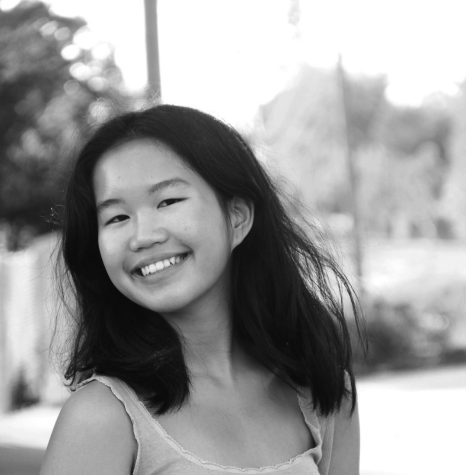How I quit TikTok
October 27, 2021
Quarantine turned out to be the perfect storm for TikTok. The social media platform skyrocketed from teenagers looking for ways to fill their time once they were stuck at home. I predicted this early on, back when our two-week break became a one-month break. At that point, I had already been using TikTok since January, and I realized that I could waste an opportunity to utilize my free time if I continued using the app.
Long before I made the decision to stop using TikTok in order to capitalize on my time in quarantine, I began being wary of the time spent on electronic devices, especially on social media. I sought out materials about reducing my screen time, eventually landing on the book Digital Minimalism by Cal Newport.
Newport begins the book with a metaphor about how social media companies make money through the time spent on their apps – the attention economy – and how every time users click on the app, it is like using a slot machine. Contrary to whatever surface-level conclusions you may draw, Newport does not advocate against social media companies specifically. Rather, he emphasizes the idea of optimizing the time spent on electronic devices and the importance of solitude in an increasingly busy world.
I came to a realization, with the lessons from Digital Minimalism, that TikTok was not benefiting me at all. Personally, I felt that the content on the app failed to satisfy as an educational or entertainment platform.
My gut feeling motivated me to quit, and I knew that the process would be hard since I viewed my instinctual click on the app as an addiction. In eighth grade, I read three-quarters of The Power of Habit by Charles Duhigg, where Duhigg cited the Twelve Steps used by Alcoholics Anonymous. I thought I might try following some of the steps. I had already completed the first step by admitting my powerlessness.
Newport recommended finding an activity that could serve as a replacement, something that we could turn to when we felt ourselves reaching for our devices. For my part, I ordered books: Call Me By Your Name by Andre Aciman, The Sympathizer by Viet Thanh Nguyen, The Moment of Lift by Melinda Gates and Poor Economics by Abhijit V. Banerjee and Esther Duflo.
The first two titles are fiction, offering me the escapism to make me feel in control amidst the chaos happening in the real world. The second two books are nonfiction and center around global poverty.
Now, this is where the second and third steps come in. I needed to find a higher power to make me feel that I could change. Solving seemingly impossible problems is a lot of wishful thinking, certainly like believing in a higher power to me. The Moment of Lift by Melinda Gates was full of anecdotes, sweet stories that warmed my heart and comforted my anxiety. Poor Economics by Abhijit V. Banerjee and Esther Duflo was research-heavy. It took me two weeks to get through the chapter on microfinance institutions. The two books balanced each other out.
Some of the Twelve Steps don’t apply as perfectly as they do with an alcohol addiction. Like in step four, however, I did acknowledge that the time I was spending on TikTok could have been used as quality time with my family or actually talking to my friends. I grew to love spending time by myself. When the weather got warmer, I spent my mornings journaling, eating breakfast, drinking coffee and reflecting outside. TikTok is just one app in a whole list of habits I’m trying to quit, but by accomplishing this one goal, I proved to myself that I could follow through with my resolutions and make changes that better my life.

